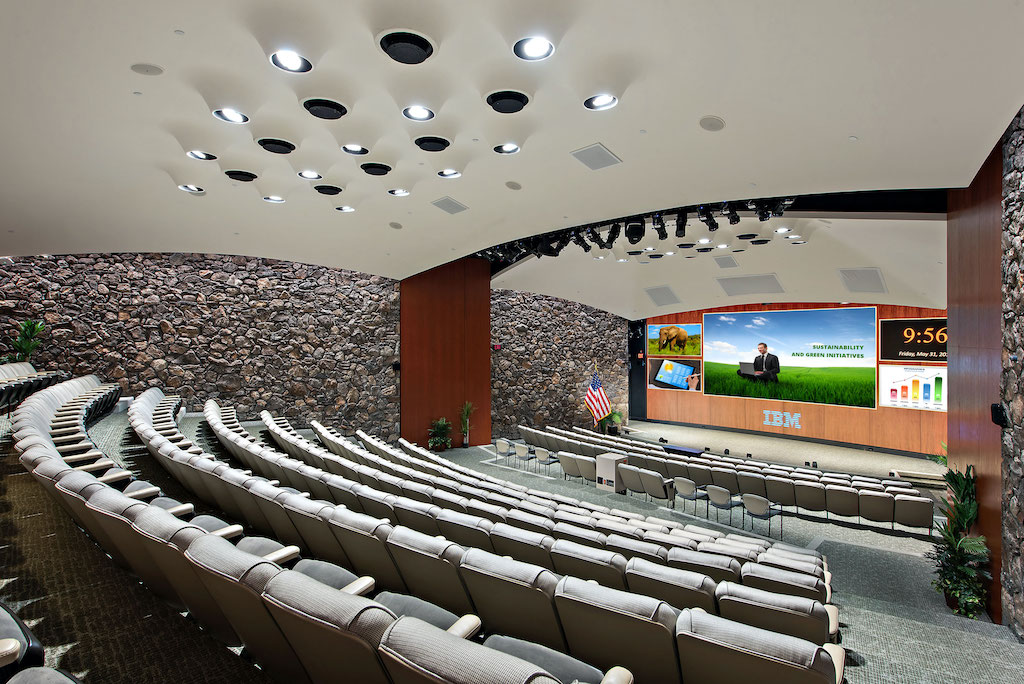Maximizing Aesthetic Impact Through Tactical Content Timing for LED Display Performance
Wiki Article
Enhancing visual impact throughout light-emitting diode screen shows demands meticulous planning and tactical visual timing. Light-emitting diode screens represent potent instruments in visual narration, frequently utilized during concerts, events, plus presentations. The effectiveness of these displays depends not only on the quality of the images yet additionally upon the manner plus timing they are shown. By comprehending the audience's focus duration plus the rhythm of the occasion, event planners can craft a more captivating encounter that enthralls spectators and enhances the overall performance.
One key aspect of strategic content timing is scheduling. It is vital to synchronize the images to the beat and tempo of the show. For example, in the course of a musical performance, visuals should complement the beat and mood of the music. This synchronization helps to create a cohesive experience that draws the viewers in. Additionally, it is crucial to consider the duration of each visual segment. Short, impactful clips can maintain audience engagement, while extended images may be appropriate for instances of contemplation or emotional connection. By varying the length and intensity of the visuals, organizers can keep the audience engaged during the show.

Another important factor is the material in question. The visuals shown on the LED screen should be pertinent to the concept of the performance. This relevance helps to reinforce the narrative being communicated plus makes the experience more memorable for the audience. For instance, if the show is about ecological consciousness, using visuals that depict nature and wildlife can amplify the narrative. Furthermore, adding lively features, such as animations or interactive graphics, can led wall content management for trade shows introduce excitement and keep the viewers' focus. The right content, presented at the appropriate moment, can considerably enhance the effect of the show.
Audience engagement is also a crucial consideration in content timing. Comprehending the characteristics and tastes of the audience can guide the choice of images. For instance, a youthful crowd may react better to bright colors and fast-paced animations, while an older audience might appreciate more nuanced and refined visuals. By customizing the content to the audience's interests, organizers can create a more personalized experience that resonates with viewers. Additionally, incorporating audience participation, such as live polls or social interactions, can further improve involvement and render the show more engaging.
Finally, assessing the efficacy of the visual timing is crucial for upcoming shows. Collecting responses from the viewers can offer insightful information into what worked successfully plus what could be enhanced. This data can assist event planners improve their approaches and take knowledgeable choices for upcoming events. By continuously assessing and adapting the content scheduling strategy, organizers can maximize the visual impact of LED wall shows plus craft memorable encounters for their viewers.